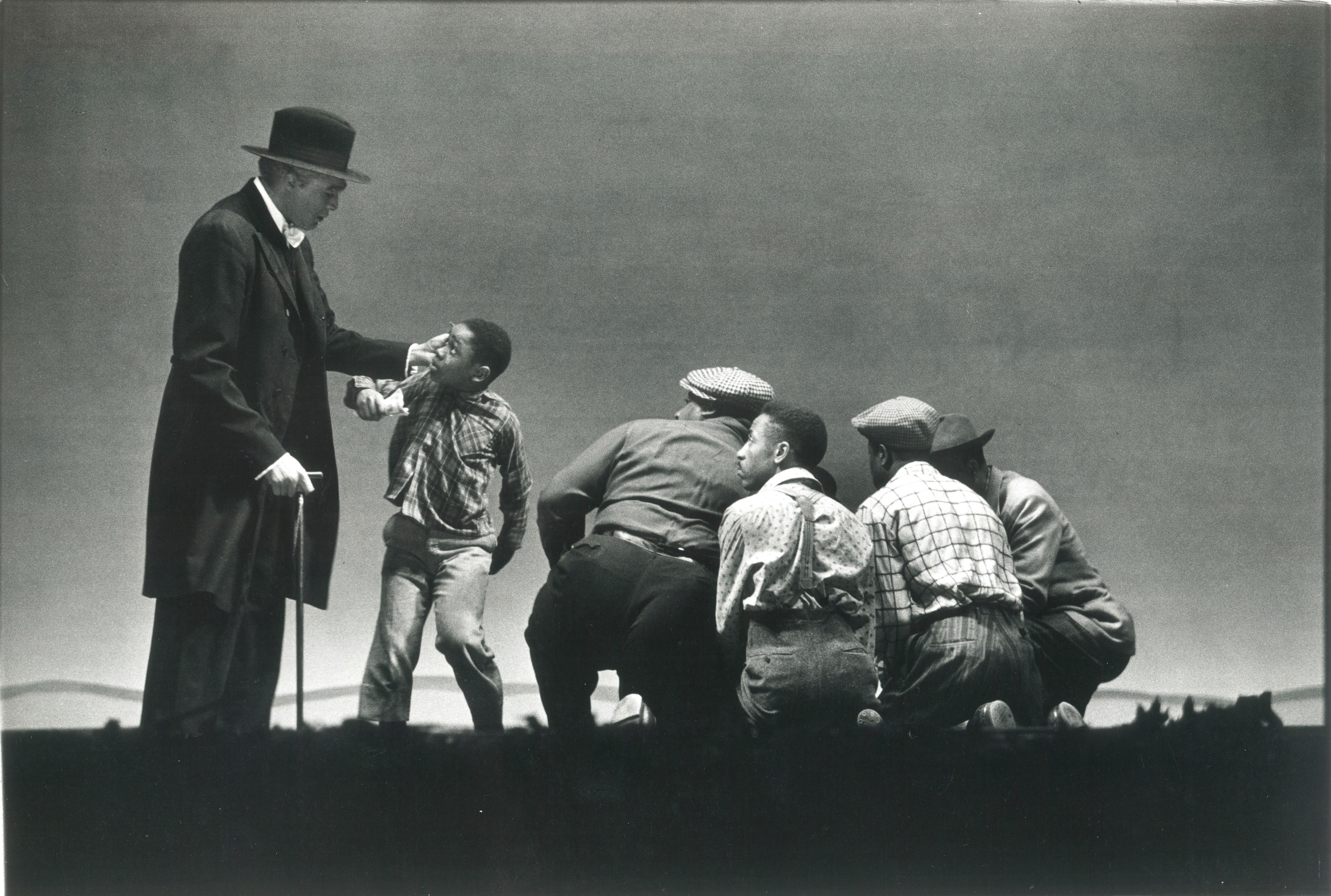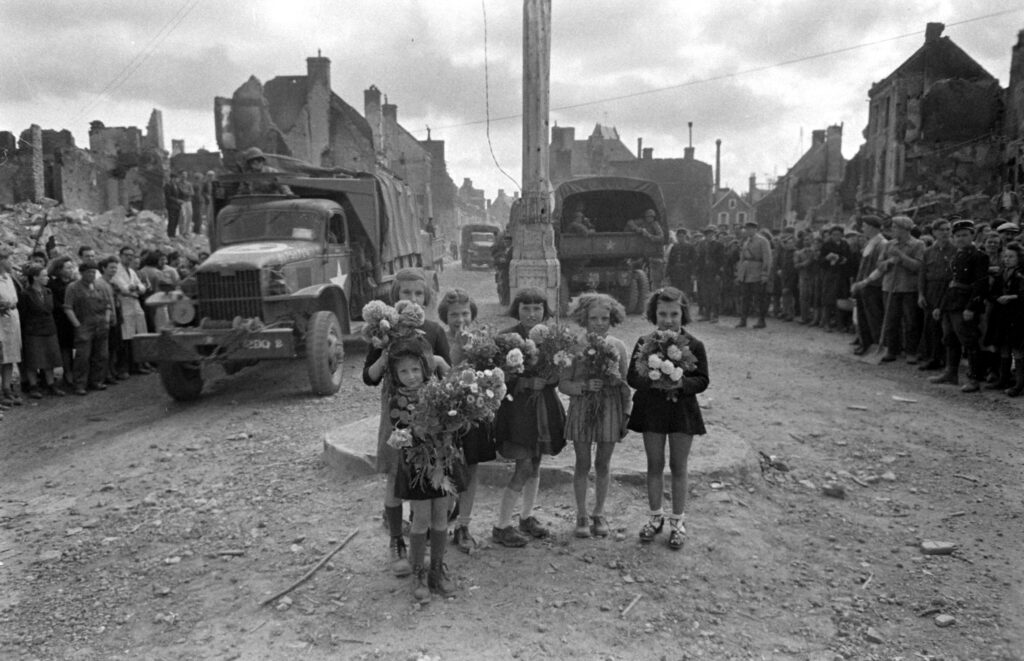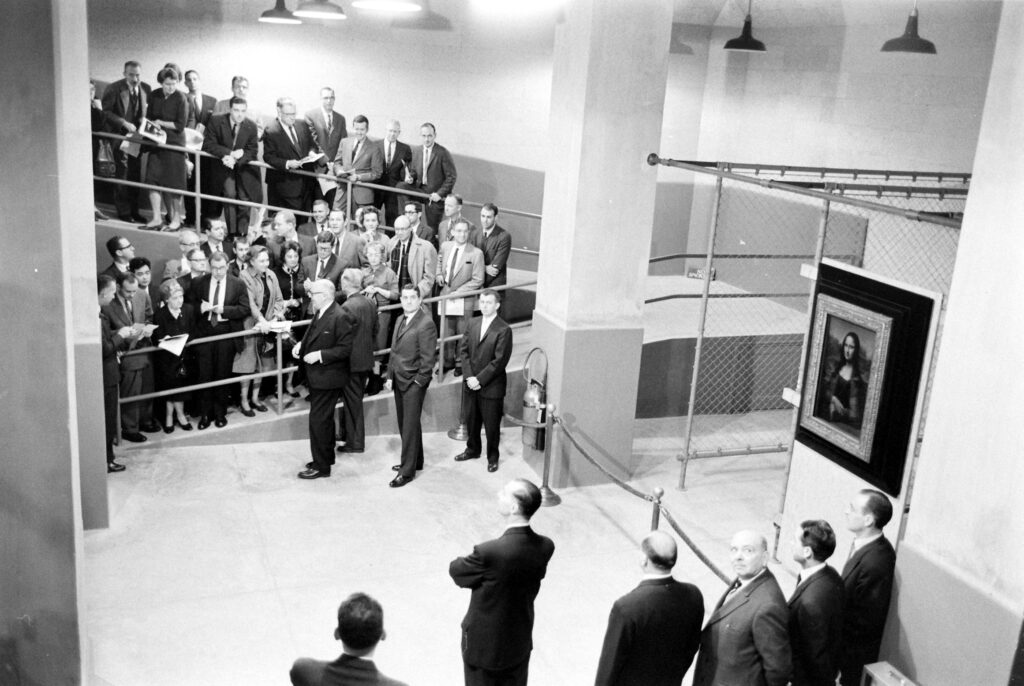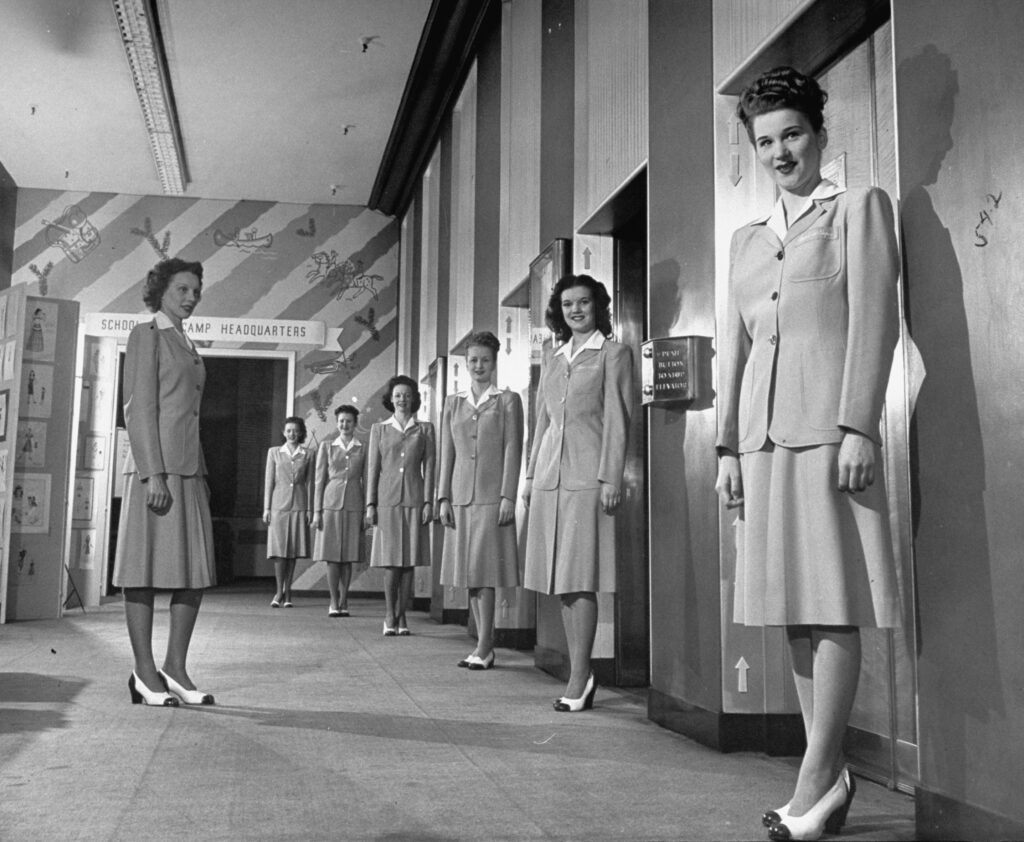Written By: Ben Cosgrove
Very few non-violent civil disobedience tactics of the late 1950s and early 1960s were as brilliantly simple in conception and as effective in execution as the sit-ins that rocked cities and towns from Texas and Oklahoma to Virginia, Georgia, North Carolina and beyond. Some sit-ins at lunch counters, state houses and other public and private venues were more confrontational than others; some lasted longer than others; some were more high-profile than others. But all required a certain kind of courage and a communal willingness to sacrifice that were hallmarks of the Civil Rights Movement in America.
Here, LIFE.com presents a gallery of photos—many of which never ran in LIFE magazine—from a planning conference sponsored by Martin Luther King Jr. and the Southern Christian leadership Council at Atlanta University and the series of protests and sit-ins that followed in May 1960. The pictures, by LIFE’s Howard Sochurek capture one small but significant exemplar of the sit-in phenomenon, as well as some of the unusual training methods that potential sitters-in endured before taking to the streets and to the seats.
In notes sent to LIFE’s editors in New York from the magazine’s Washington, DC, bureau in May 1960, the sit-in movement’s activities in Virginia were dubbed the “Second Siege of Petersburg” a tongue-in-cheek reference to the famous siege of the town and nearby Richmond between June 1864 and April 1865 during the Civil War.
The “siege” metaphor, meanwhile, takes on a peculiar resonance in those notes for example, in a quote from a newspaper publisher in Petersburg, George Lewis, who told LIFE: “I’m against integration. The mood of Petersburg definitely is for segregation. The Negroes are pushing too hard and the whole pace is too fast. Petersburg is not ready for integrated lunch counters. If they integrate them, the whites will boycott. But things are changing slowly. Ten years ago we couldn’t have printed a Negro picture in the paper. The whites wouldn’t have stood for it. Now we print them when they’re in the news.”
Describing a key element of that “explosive situation” the sit-ins by activists at various lunch counters in town LIFE wrote in its September 19, 1960, issue (published a full four months after the events described):
The key to the sit-in is non-violence, but it takes a tough inner fiber neither to flinch nor retaliate when, occasionally, hooligans pick on the sitters-in to discourage them or provoke them into some violent act. Fearing the stress on sensibilities and temper to which a sit-in could be subjected, the high school and college students of Petersburg, Va. studied at a unique but punishing extracurricular school before they attempted sitting-in.
In the course, which they ironically call “social drama,” student are subjected to a full repertory of humiliation and minor abuse. These include smoke-blowing, hair-pulling, chair-jostling, coffee-spilling, hitting with wadded newspaper, along with epithets…Anyone who gets mad flunks. So far in Petersburg effective police action and the calm attitude of the townspeople have averted trouble.
Except for a few adult leaders … the sitters-in are youngsters like Virginius Bray Thornton … In a real sense they are the South’s “new” Negro. They are educated, filled with a fierce idealism, chafing impatience and bitterness against the remaining shackles. “This is not a student struggle, it is a Negro struggle,” says Virginius.
As LIFE’s editors noted elsewhere in the piece, “Slowly, too often seemingly against its own perverse will, the nation was winning toward the constitutional ideal of civil equality.” We have these, and many other trailblazers, to thank for that progress.

A protestor practiced keeping his cool as smoke was blown in his face. His stand-in tormentors were David Gunter, an N.A.A.C.P.-student adviser (left), and Leroy Hill, a high school teacher.
Howard Sochurek/Life Pictures/Shutterstock

Kresge’s in Petersburg used a chain and a ‘Reserved’ sign setting off the white lunch counter to keep the African-Americans from sitting down.
Howard Sochurek/Life Pictures/Shutterstock

Lunch counter, Petersburg, Va., 1960.
Howard Sochurek/Life Pictures/Shutterstock

Training for sit-in harassment, Petersburg, Va., 1960.
Howard Sochurek/Life Pictures/Shutterstock

Preparing for non-violent civil disobedience.
Howard Sochurek/Life Pictures/Shutterstock

Training for sit-in harassment, Petersburg, Va., 1960.
Howard Sochurek/Life Pictures/Shutterstock

Preparing for non-violent civil disobedience.
Howard Sochurek/Life Pictures/Shutterstock

The picket polka provided moments of relief.
Howard Sochurek/Life Pictures/Shutterstock

Preparing for non-violent civil disobedience, Petersburg, Va., 1960.
Howard Sochurek/Life Pictures/Shutterstock

Petersburg, Va., 1960
Howard Sochurek/Life Pictures/Shutterstock

Rev. Martin Luther King, Virginia, 1960.
Howard Sochurek/Life Pictures/Shutterstock

A crowd attended a speech by Rev. Martin Luther King Jr., Virginia, 1960.
Howard Sochurek/Life Pictures/Shutterstock

Rev. Martin Luther King Jr. (seated) during a gathering prior to non-violent civil disobedience, Virginia, 1960.
Howard Sochurek/Life Pictures/Shutterstock

Civil rights protest, Petersburg, Va., 1960.
Howard Sochurek/ Life Pictures/Shutterstock

Civil rights protest, Petersburg, Va., 1960.
Howard Sochurek/Life Pictures/Shutterstock

Student leaders waved demonstrators on.
Howard Sochurek/Life Pictures/Shutterstock

Civil rights protest, Petersburg, Va., 1960.
Howard Sochurek/Life Pictures/Shutterstock

Civil rights protest, Petersburg, Va., 1960.
Howard Sochurek/Life Pictures/Shutterstock

Student leader Virginius Thornton spoke to a women’s group, the Colored Women’s Federation of Petersburg, at one of the member’s homes, Petersburg, Va., 1960.
Howard Sochurek/Life Pictures/Shutterstock

Rev. Martin Luther King Jr. and other activists during a civil rights strategy and planning conference at Atlanta University in mid-May, 1960.
Howard Sochurek/Life Pictures/Shutterstock

Rev. Martin Luther King Jr. and future Washington, DC, mayor Marion Barry during a civil rights strategy and planning conference at Atlanta University in mid-May, 1960.
Howard Sochurek/Life Pictures/Shutterstock

Atlanta University Conference, May 1960
Civil rights leaders called to the strategy and planning session by Dr. Martin Luther King, Jr., including Bernard Lee (Alabama); Dave Forbes (North Carolina); Henry Thomas (Washington); Lonnie King (Georgia); James Lawson (Tennesee); Virginius Thornton (Virginia); Wyatt Lee Walker; Michael Penn (Tennessee); Clarence Mitchell (Maryland); and Marion Berry (Tennessee). (Photo by Howard Sochurek / The LIFE Picture Collection)

Rev. Martin Luther King Jr., 1960.
Howard Sochurek/Life Pictures/Shutterstock

LIFE magazine, September 19, 1960.

LIFE magazine, September 19, 1960.

LIFE magazine, September 19, 1960.

LIFE magazine, September 19, 1960.



































